Now you are going to travel to the city
of Tashkent in the sunny Uzbekistan and see its architecture, some
places of interest, local people, colorful markets and some more.
Tashkent is 2200 years old, its population is about 2,5 million people. The name of the city is translated as “a stone city”.

For some reason local road policemen always shake your hand to greet you.
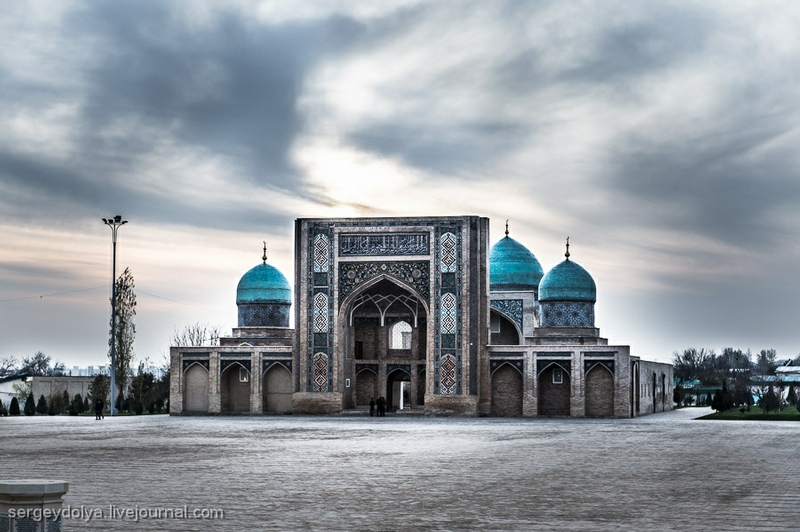

There are a lot of ticket offices and
drug stores in the city. It seems that citizens of Tashkent always
travel and fall ill, fall ill and travel… By the way, signs are often
written in Latin.
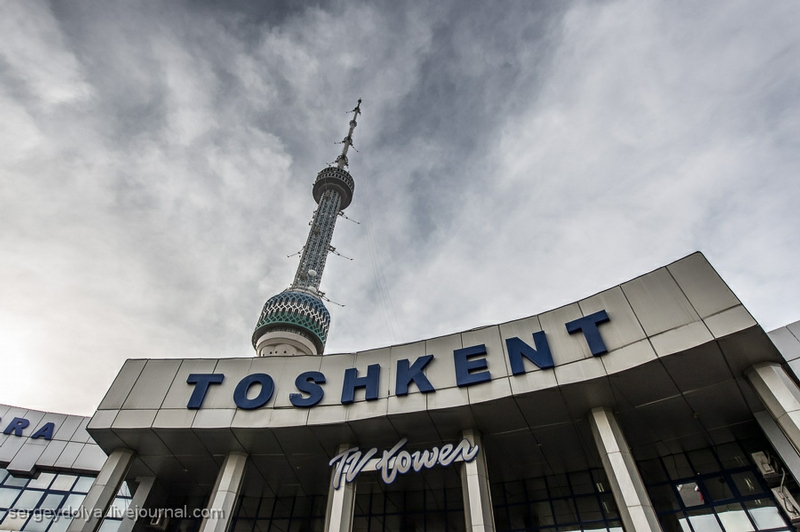
This is their TV tour.

We enter the building.
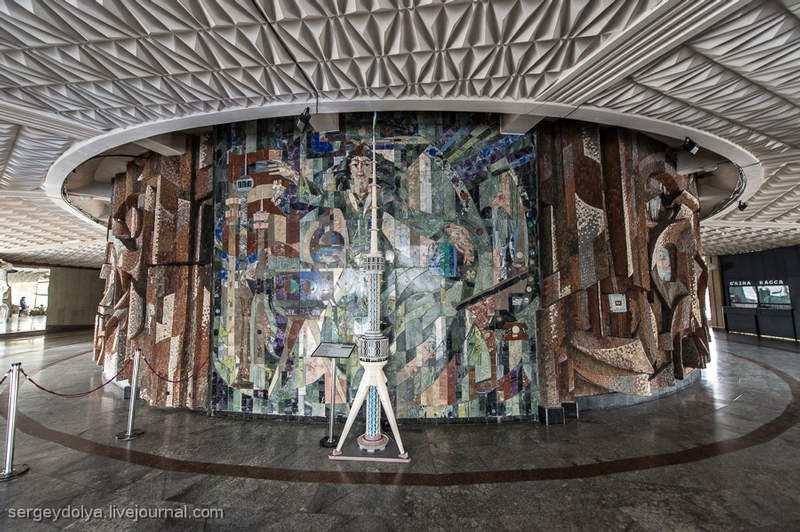
The feature of the TV tower design
allows the central core to move, which is very reasonable for the area
of high seismic activity.
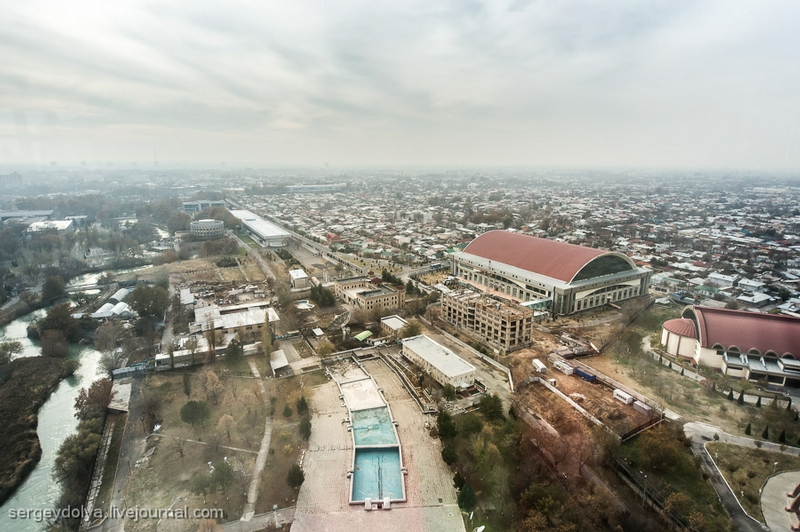
The city can be viewed from there.
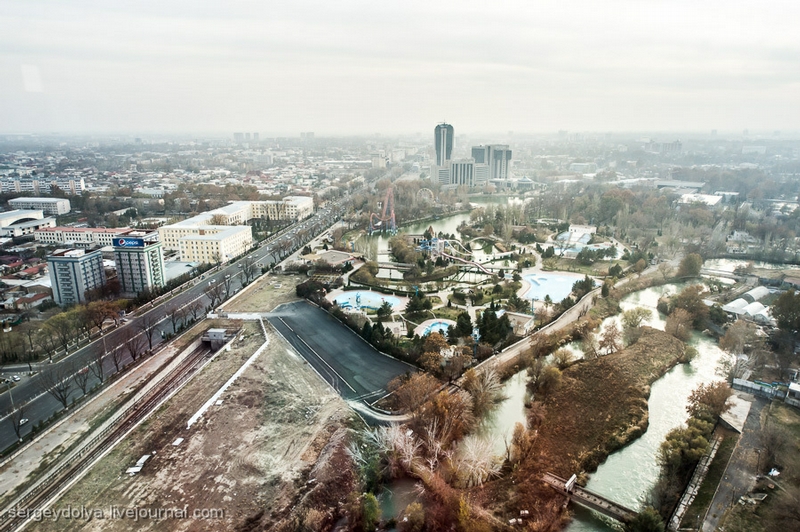
That aqua park does not work in winter.
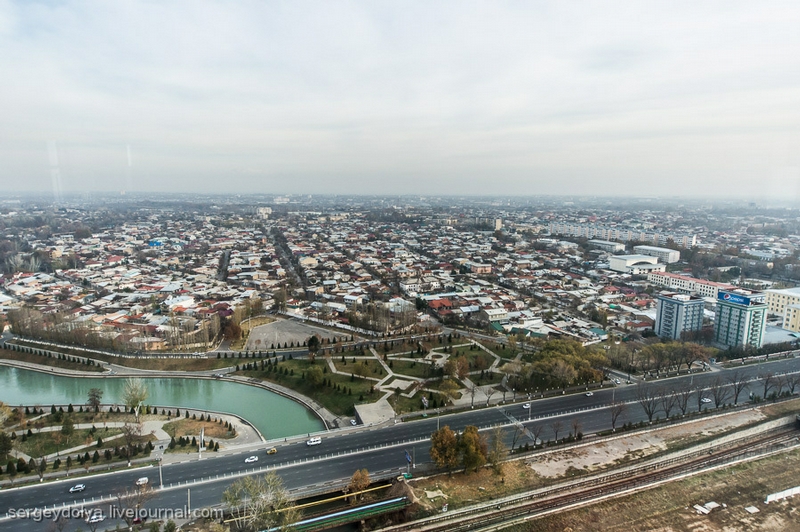
There are no many cars in Tashkent,
though the roads are good. They often have problems with petrol and
people often stand for five or six hours at fuelling stations.
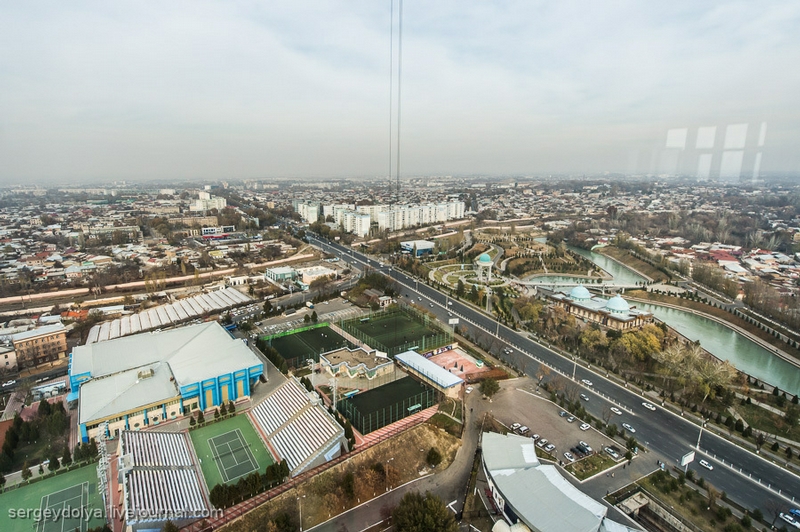
Here they hold tennis competitions.

They have a restaurant here too, but it doesn’t seem to be popular.
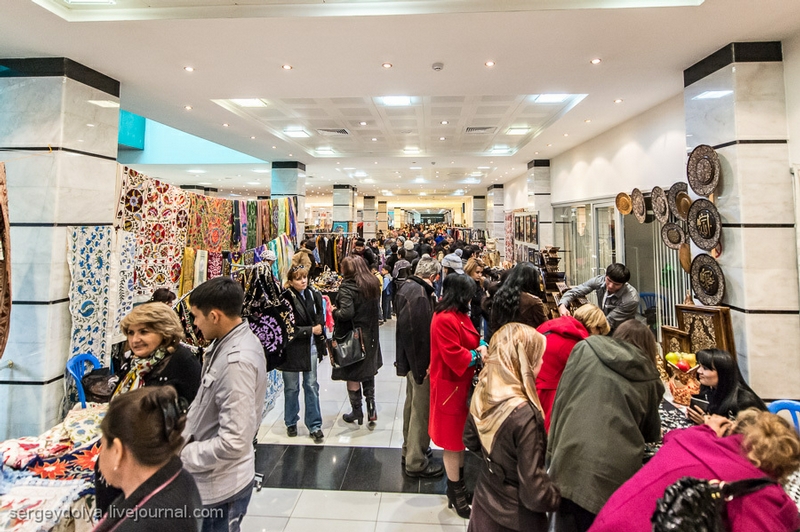
This is “Art-Bazar” – a market of
Tashkent. Recently, the President of Uzbekistan abolished taxes on
handicraft business, which led to a surge of national handicrafts.
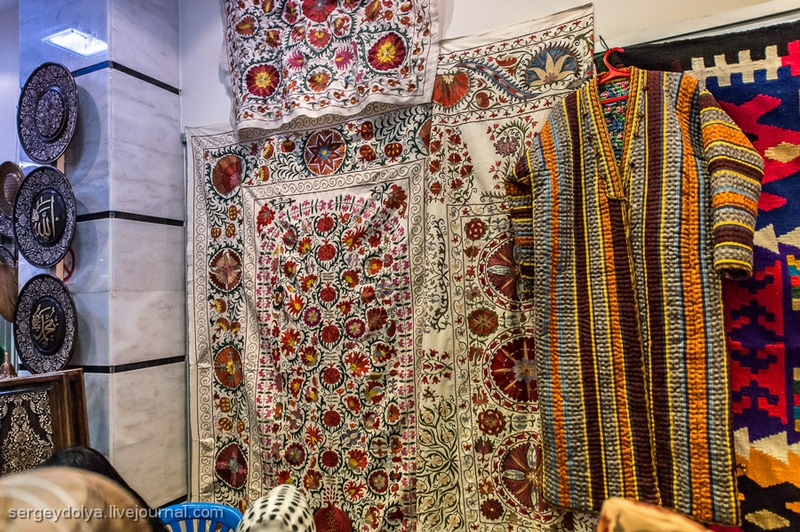
Did you know that each smallest pattern has its own meaning?
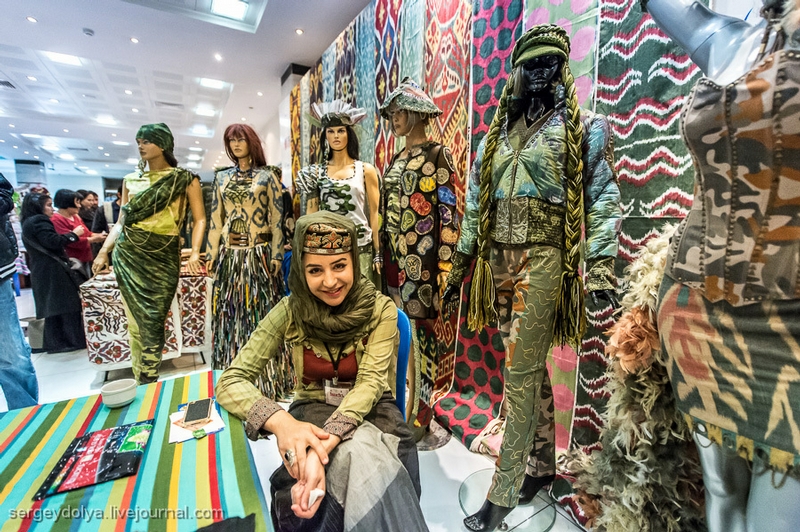
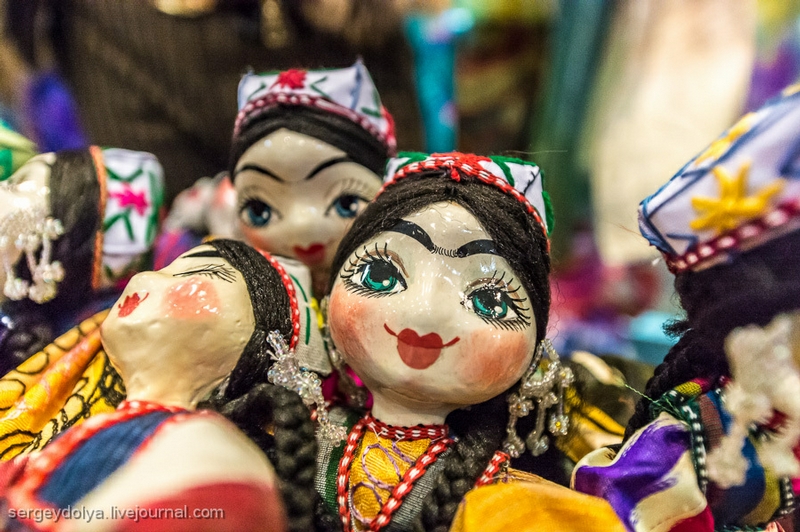
Thick brows are a symbol of beauty.

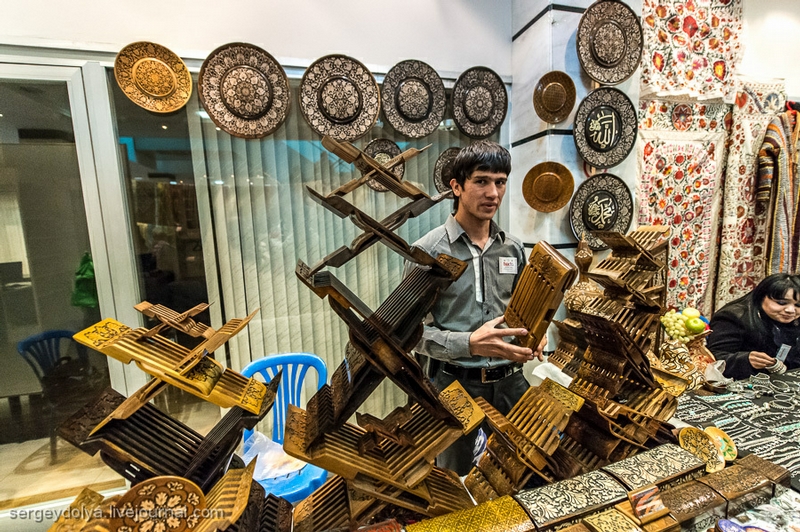
These are stands for the Koran. According to the tradition it cannot be placed lower than a navel of a sitting person. These stands are fully made from wood and resulted from long and complicated work.

These are homemade carpets. The maximum quantity of knots on one square cantimeter is 750!
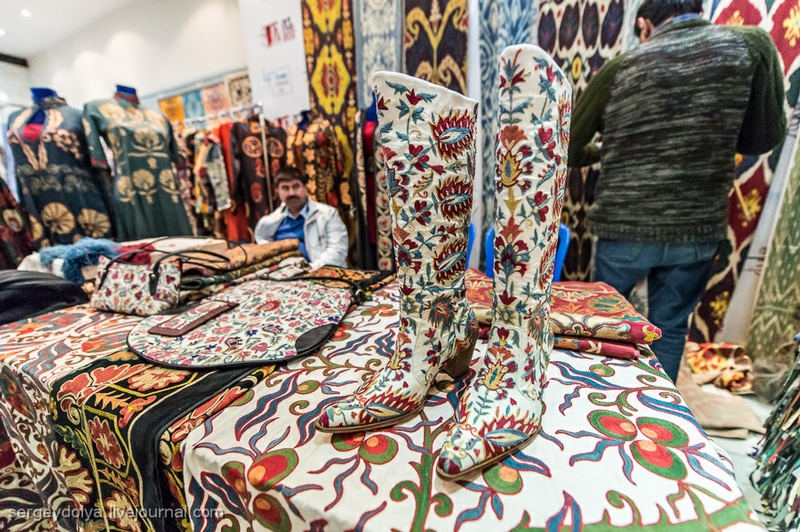
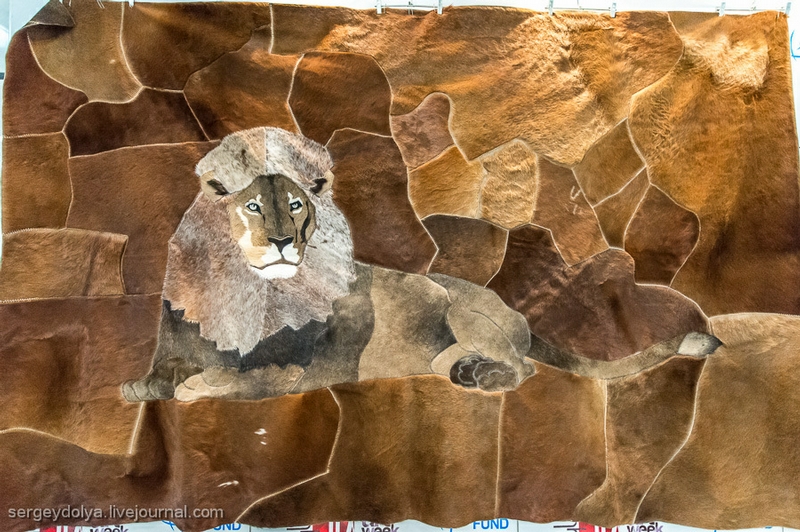
This one is made from horse skins.
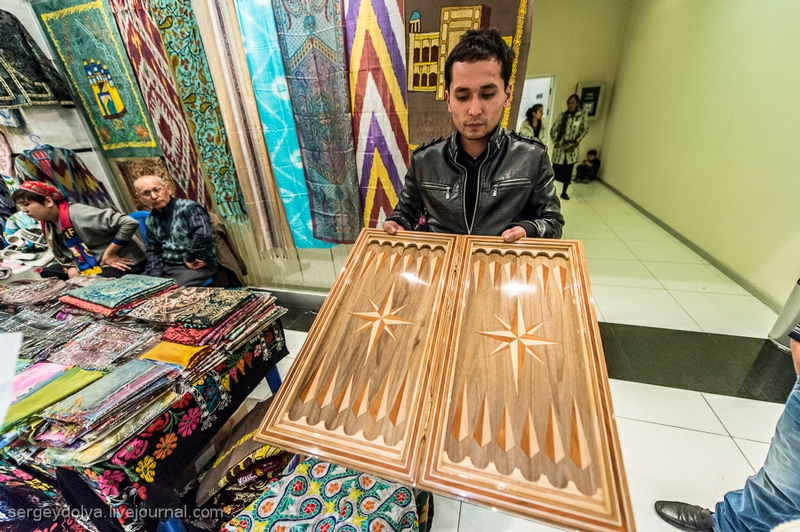
Twelve types of wood to make one backgammon!

This fountain is in the center of the market.
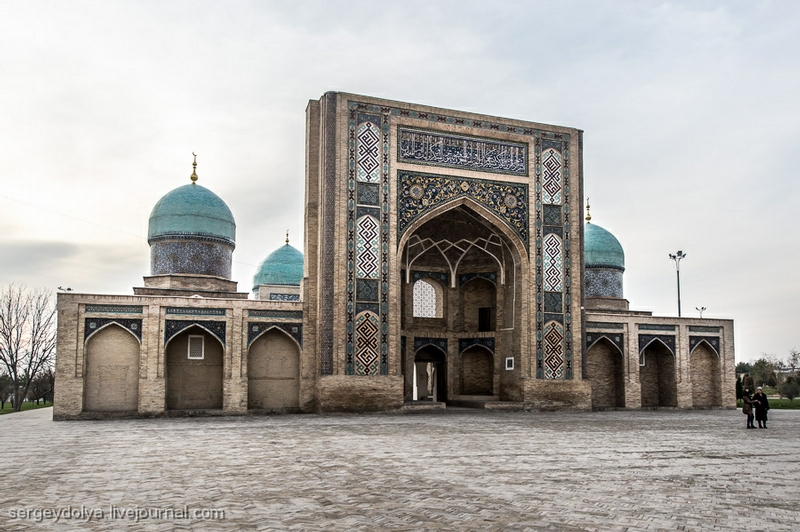
Hast Imam Square is the religious center
of the city. The ensemble of the buildings – mosques and tombs – formed
around the mausoleum of the first Imam and preacher of Islam in
Tashkent. The square was called in his honor.

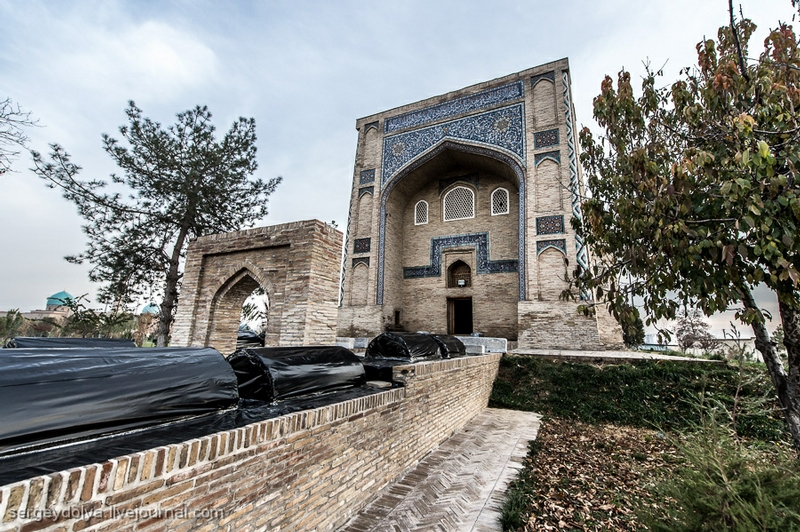
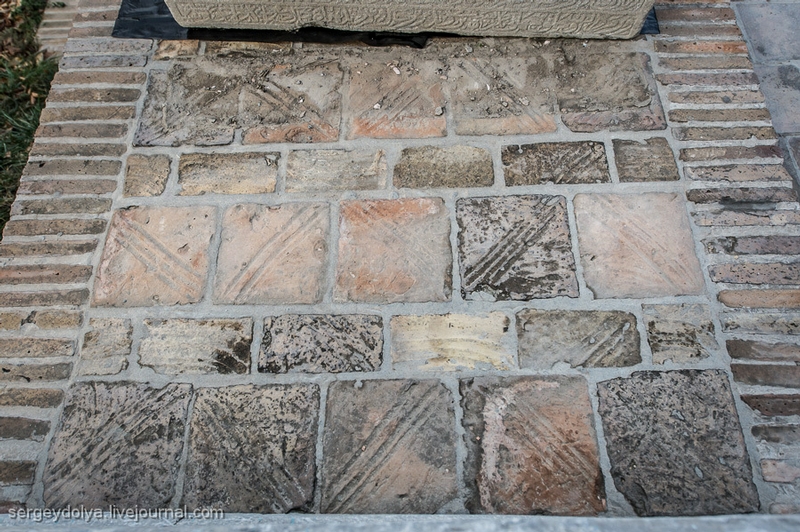
These bricks are ancient. Masters who made it marked their work with stripes with their fingers.

It’s one of the rooms inside the mausoleum.
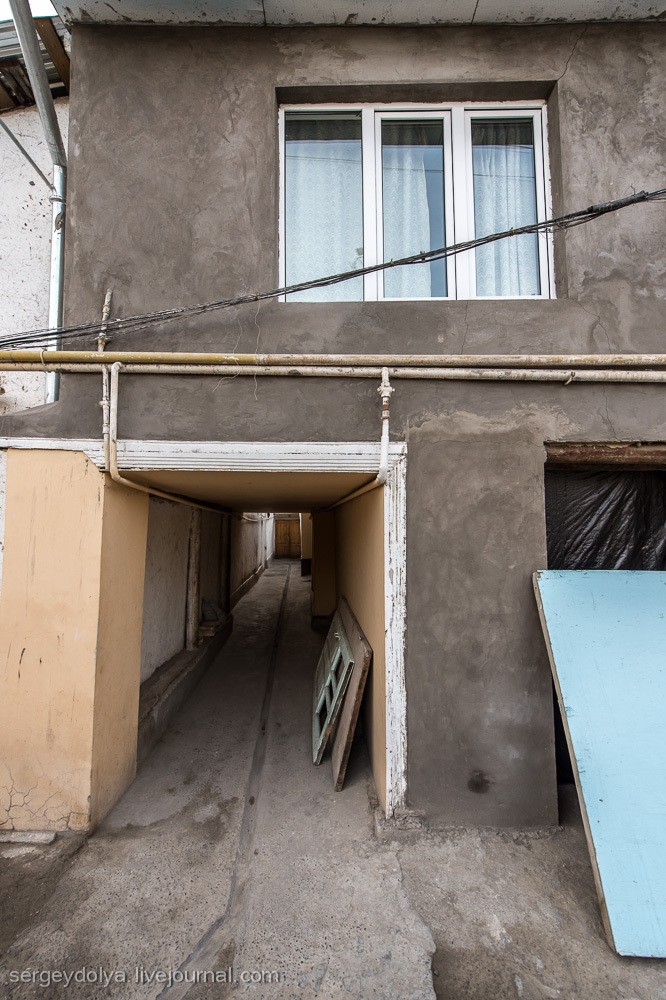
Nearby are old districts with closed
streets. When a street is closed by a dwelling house from above it is
called “basturma”. A bench can be often found in the end of such street
where one can sit and rest.
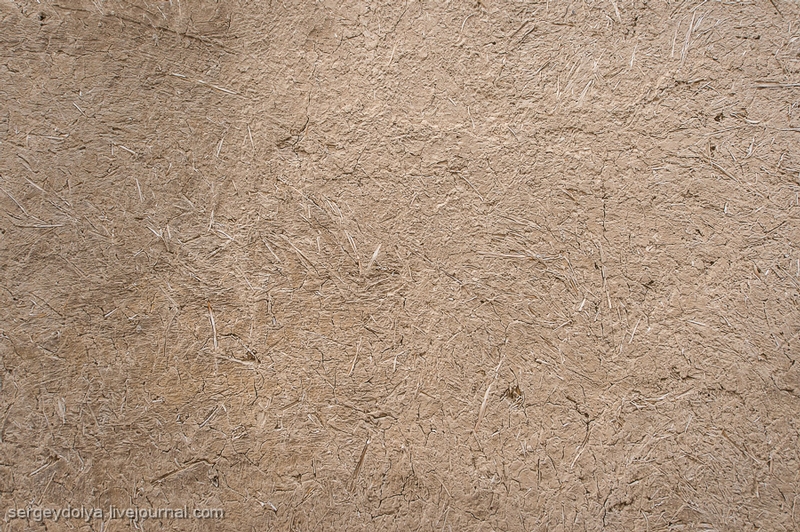
This is how the walls of the houses look from outside.
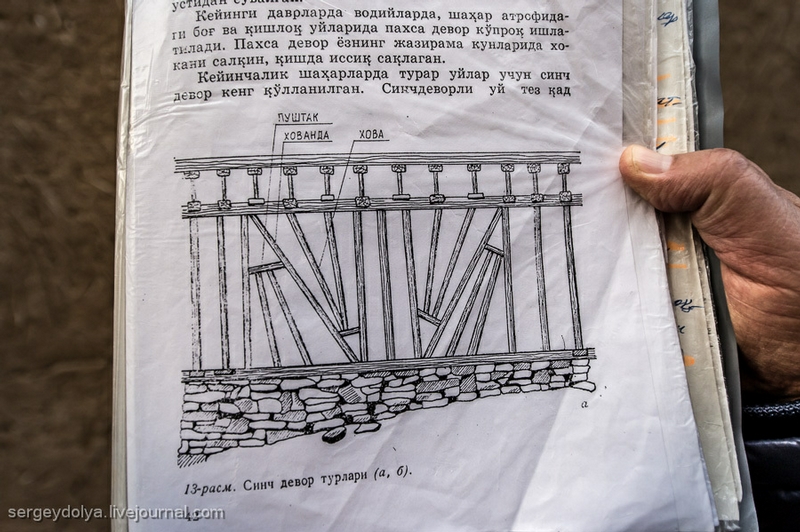
Inside they look differently. Such houses are mobile and have more chances to survive an earthquake.

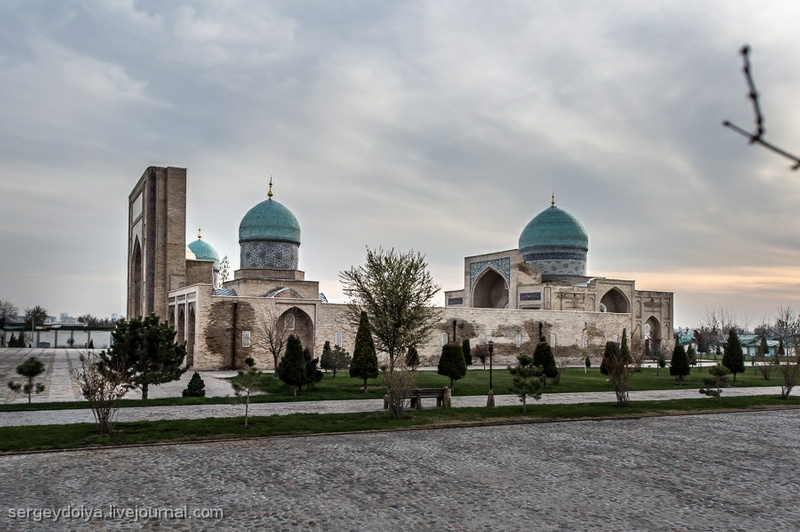
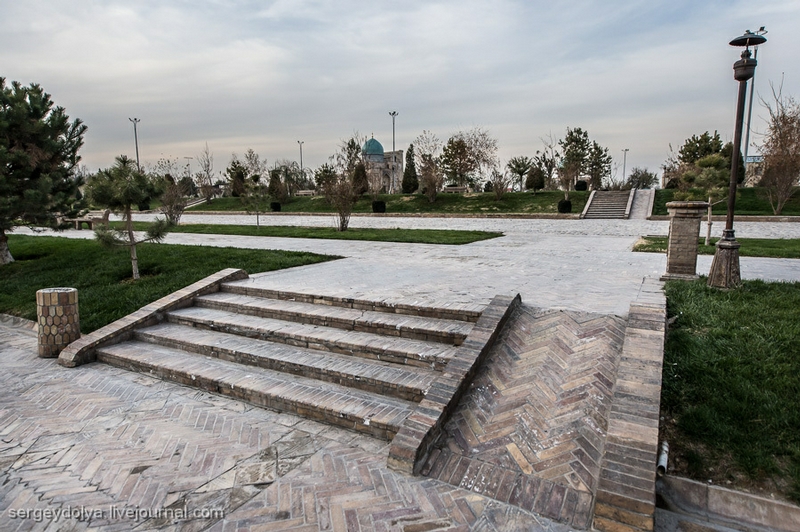
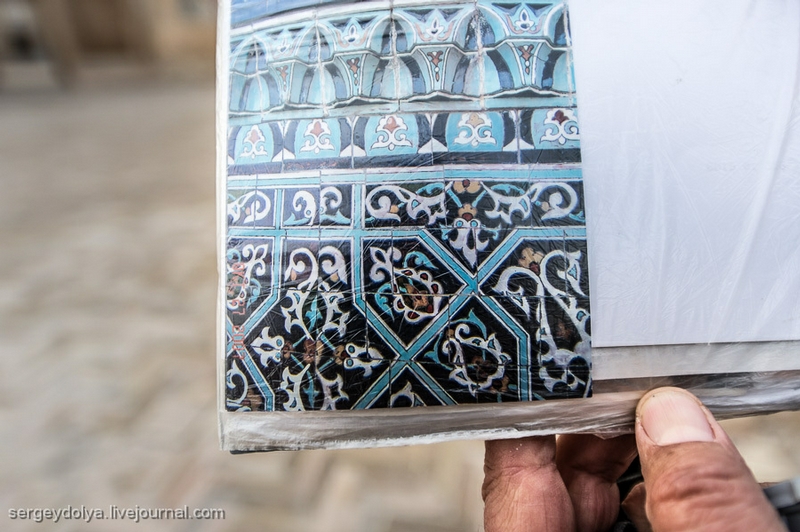
“Arabeski” is a national pattern – a
composition of geometric and floral designs. It is very very old and
they still cannot reveal the secret of ancient glazes these patterns
were painted with. The modern one fades in the sun in some years, the
ancient one keeps its color for centuries.
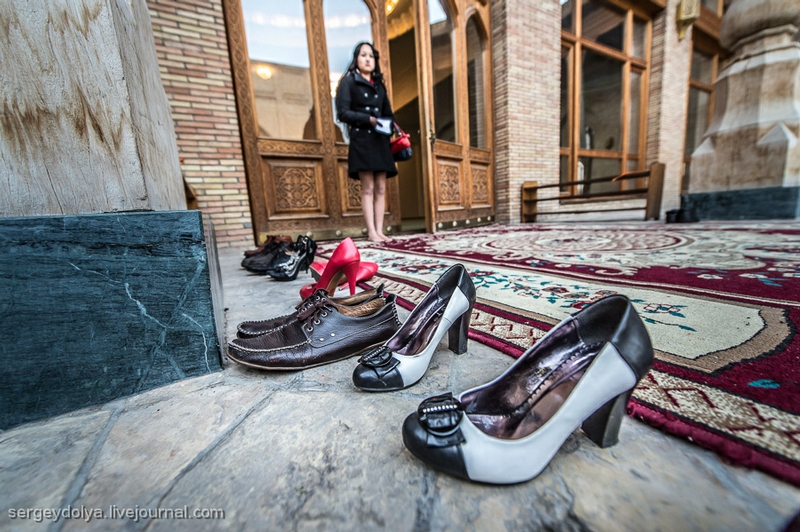
Before entering the main mosque people have to take their shoes off.
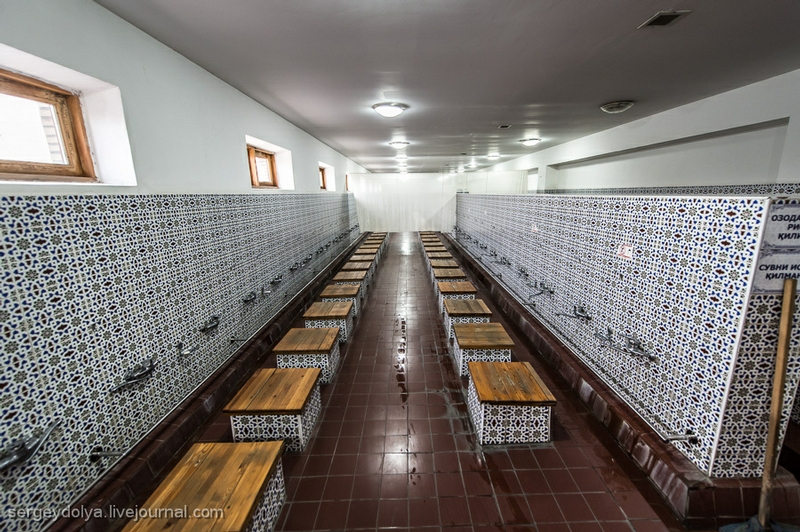
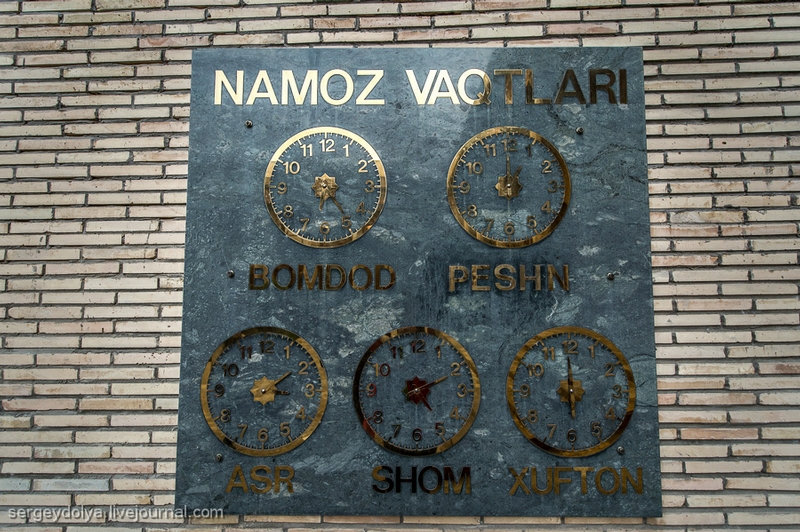
The Muslims pray five times a day – the
first prayer takes place early in the morning, the second one – at 1
p.m. Each time they adjust time manually.
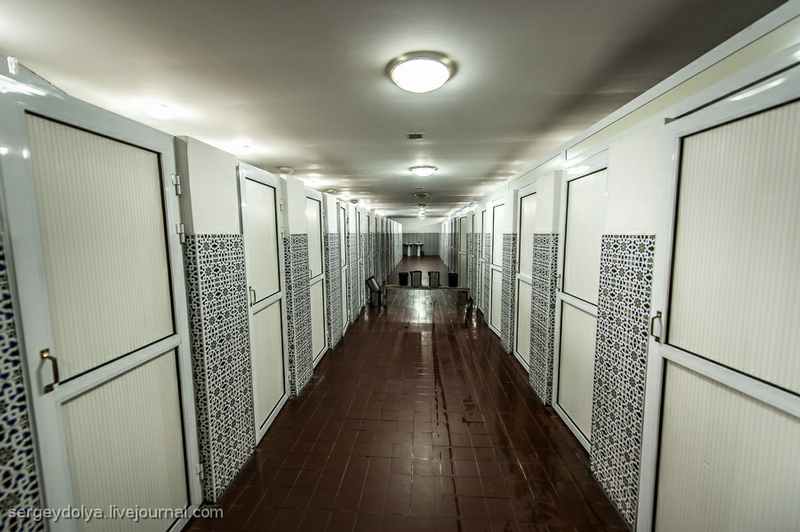
They have an individual washer for everyone, they can enter only being clean.
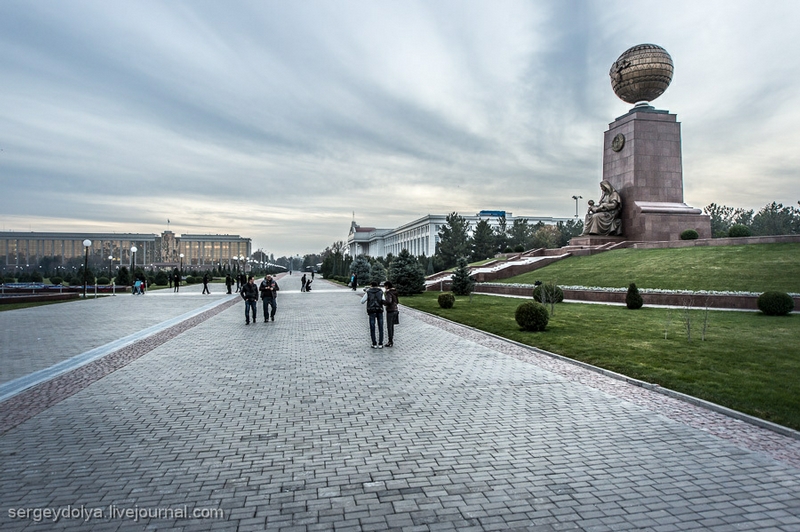
The main square of Tashkent is Mustakilik – the Square of Independance. It is full of symbolism too.
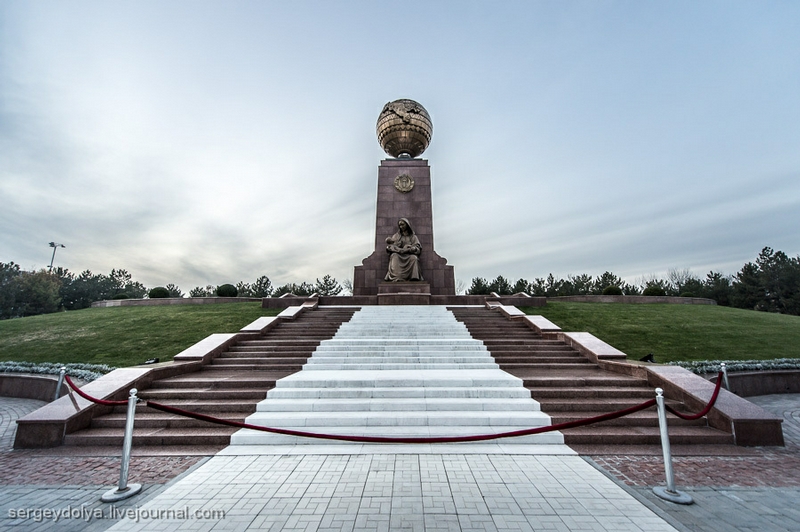
For example, this monument of
independance and humanism: the white stripe is a symbol of newly married
couples – a wish of happy family life. Mother is the symbol of the
motherhood, the baby is the symbol of future. The map of Uzbekistan on
the globe is the symbol of a new state in the world community.
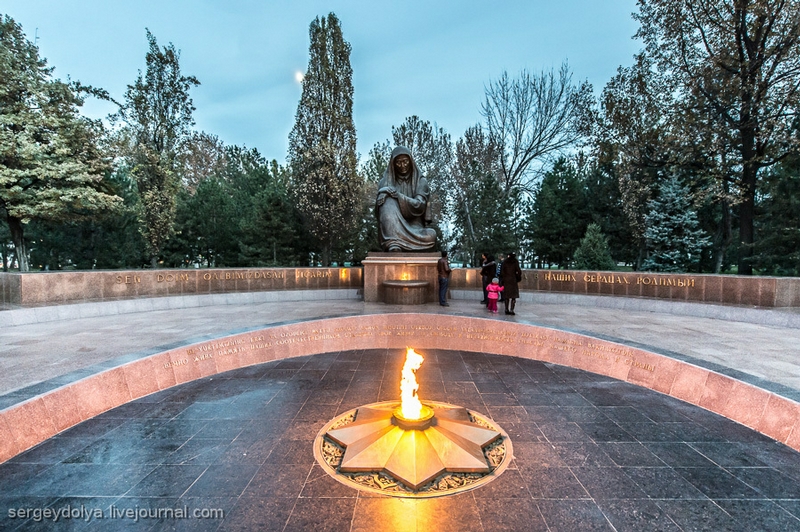
This memorial is devoted to the victims of WWII.
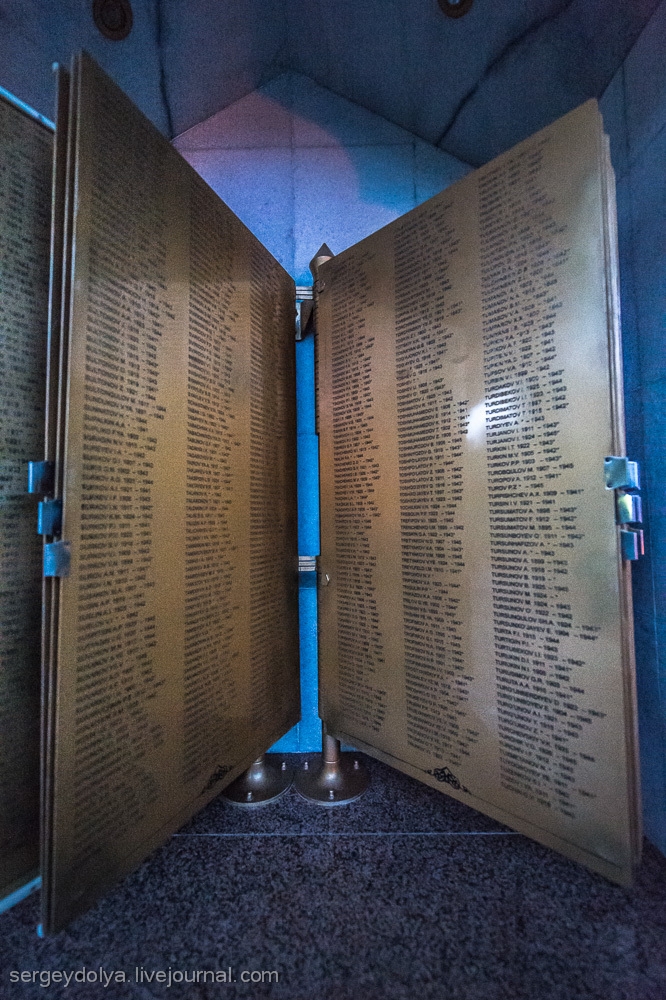
In general 1 400 000 Uzbeks (each forth) went to the war, 400 000 of them never came back. All their names are listed here.
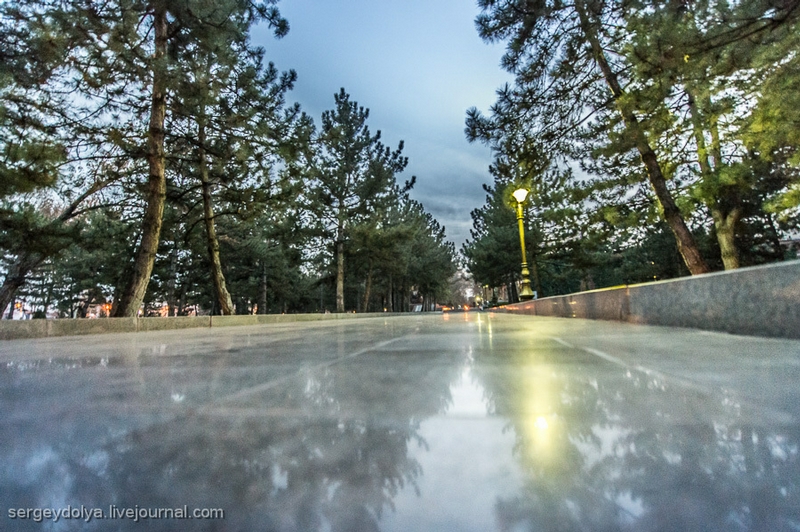
The streets are very clean.
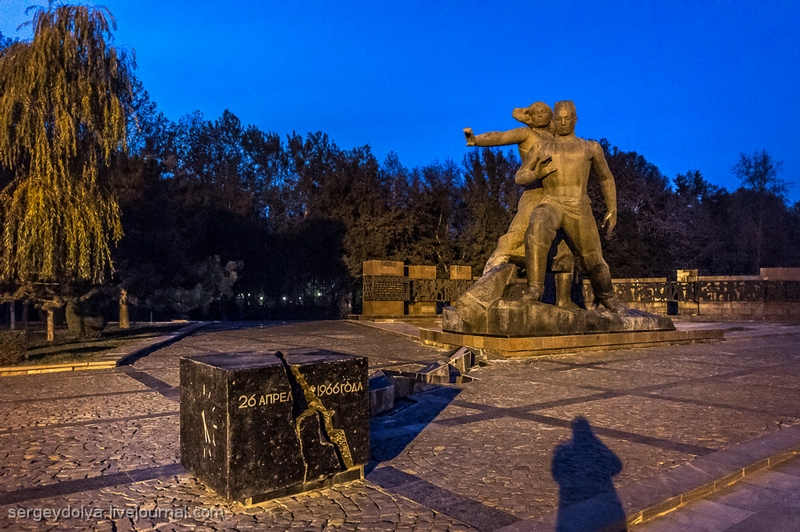
This is the Monument of Courage
dedicated to the earthquake of 1966. 36 000 houses were destroyed and
300 thousand people were left homeless.

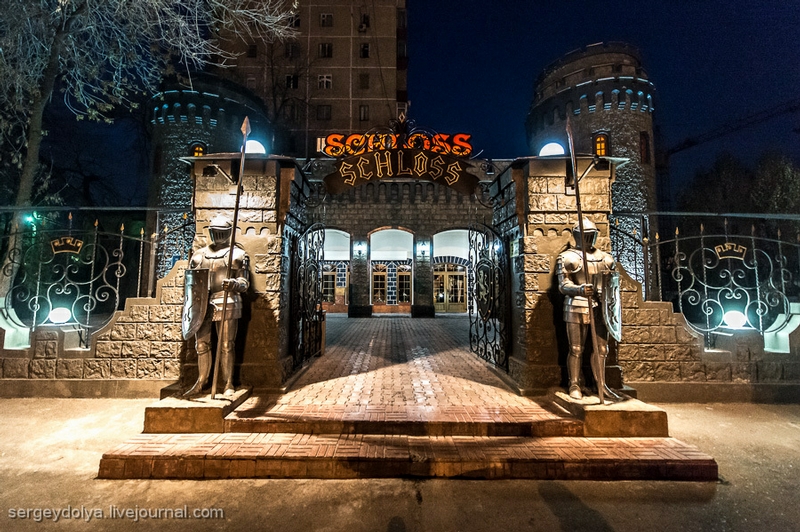
This is a German restaurant.

There people can eat in cosy separate rooms.
Source ; www.englishrussia.com
Aucun commentaire:
Enregistrer un commentaire